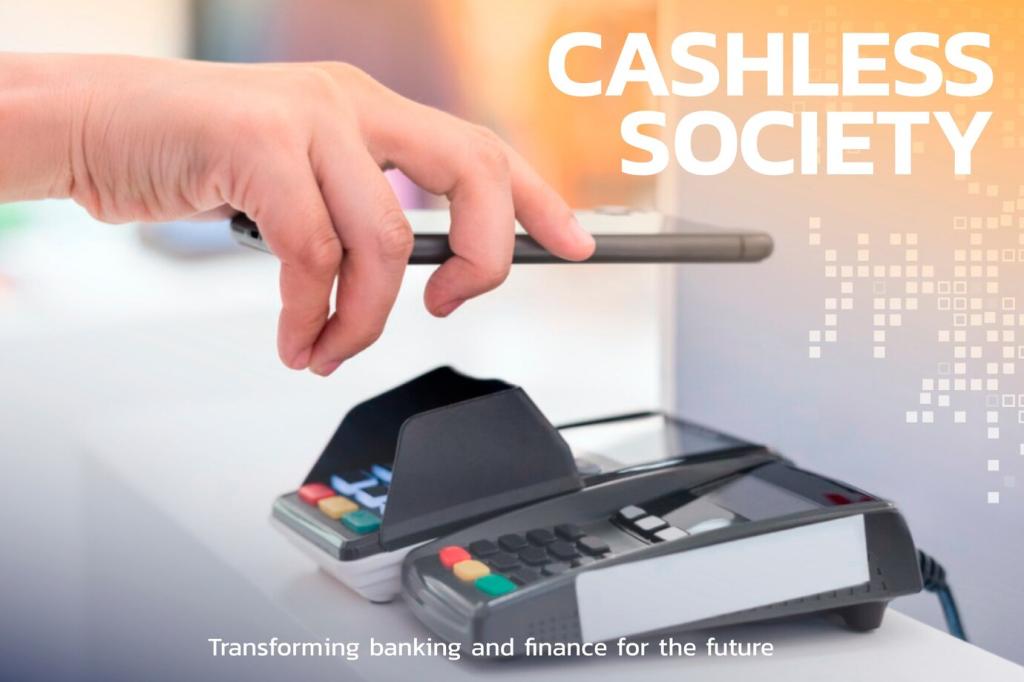Designing Playbooks and Workflows That Respect Humans
Define entry rules using observable behavior, explicit consent, and stage alignment. Avoid brittle triggers like one-click events without supporting signals. Include the why in every task description so teammates understand the intent and can respond thoughtfully, not mechanically, in every interaction.
Designing Playbooks and Workflows That Respect Humans
Add brakes: quiet hours, frequency caps, and sentiment checks. Route unusual cases to review queues before automation continues. Build audit trails that explain changes. When mistakes happen, they will be small, reversible, and instructive. Invite your team to propose improvements directly inside the playbook.





